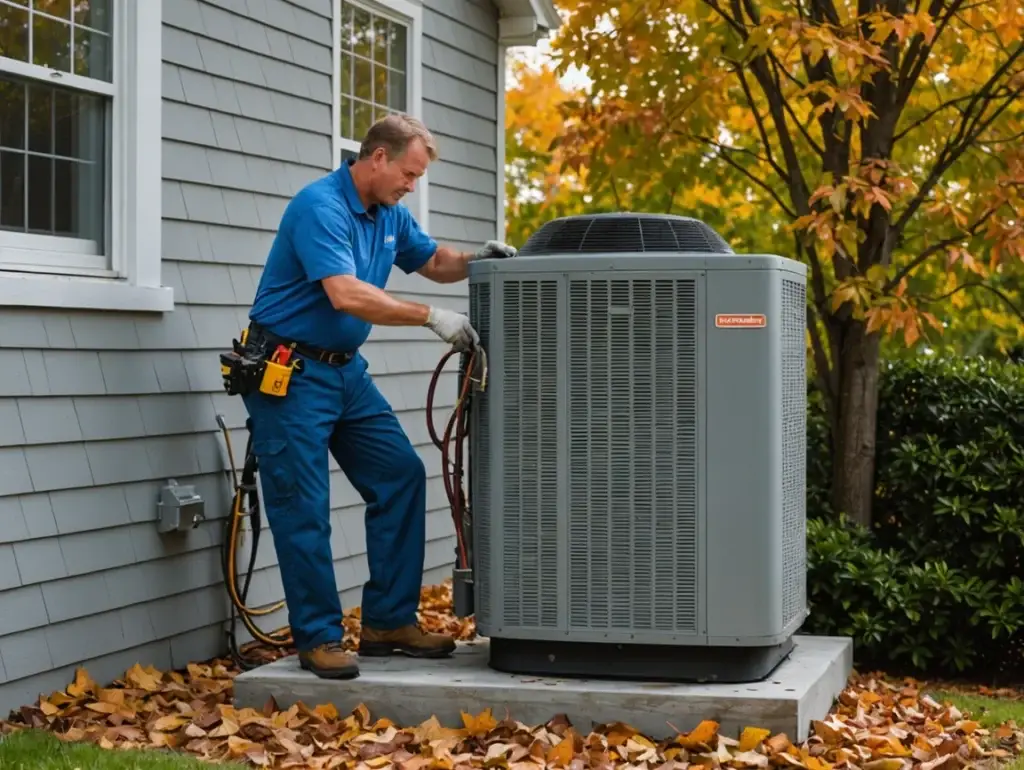[vc_row][vc_column][vc_column_text]Our health and wellbeing are significantly impacted by the quality of the air within our houses. Many homeowners believe that opening windows to let in fresh air is beneficial, but concerns about whether this can actually increase indoor air pollutants are valid. This blog explores the effects of open windows on indoor air quality and provides insights into how you can maintain a healthy indoor environment.
The Double-Edged Sword of Opening Windows
- Introduction of Fresh Air
– Opening windows is one of the simplest ways to ventilate a home and reduce the concentration of indoor pollutants. Fresh air can displace harmful chemicals, odors, and even reduce potential build-up of indoor carbon dioxide levels from breathing and combustion sources like stoves.
- Entry of Outdoor Pollutants
– While fresh air can be beneficial, it also has the potential to introduce new pollutants into the home. Pollen, dust, vehicle exhaust, and industrial pollution can enter through open windows, especially in urban or high-pollen areas, potentially worsening indoor air quality for those with allergies or respiratory issues.
- Impact on Humidity and Mold Growth
– Open windows can influence indoor humidity levels. In humid climates, opening windows can allow moist air inside, promoting mold and mildew growth, which are significant indoor pollutants themselves.
- Seasonal Considerations
– The impact of opening your windows varies by season. For instance, during spring, pollen levels are high, which might not be the best time for allergy sufferers to open windows. Conversely, a breezy fall day might provide perfect conditions for airing out without high levels of pollutants.
Balancing Indoor Air Quality and Ventilation
- Use of Screens and Filters
– Installing screens with pollen and dust filters can help reduce the amount of outdoor pollutants entering your home while allowing you to enjoy the benefits of fresh air.
- Strategic Ventilation
– Ventilate when outdoor air quality is better, typically early in the morning or late in the evening, and avoid opening windows during high traffic times if you live near busy roads.
- Indoor Air Purifiers
– Using air purifiers with HEPA filters can complement the act of opening windows by trapping indoor pollutants that enter or are already present, ensuring cleaner indoor air overall.
- Monitor Air Quality
– Keep an eye on local air quality indexes via weather apps or websites. This can guide you on when it’s best to open your windows and when it’s better to keep them closed.
Opening windows can have both positive and negative effects on indoor air quality, depending on external environmental conditions and how you manage your home’s ventilation. By understanding and controlling these factors, you can enjoy the benefits of fresh air without compromising your indoor environment. Regularly assessing both indoor and outdoor air quality and making informed decisions about ventilation can significantly improve your indoor air quality. [/vc_column_text][/vc_column][/vc_row]


